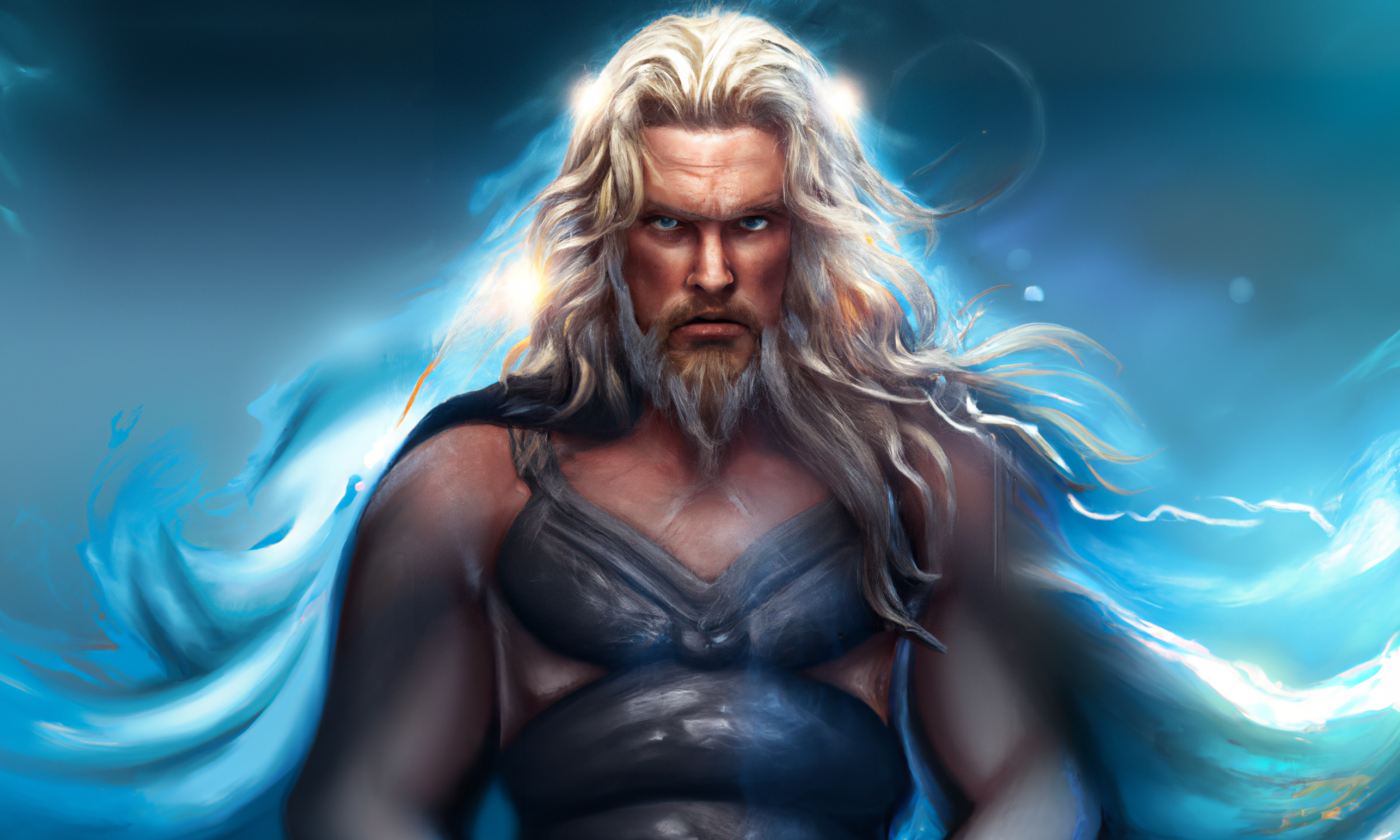THE BINDING OF FENRIR
The Binding of Fenrir, A Paradox of Fear and Bravery:
Fenrir's binding is an event of immense significance within Norse mythology, chronicling the capture and subjugation of the formidable wolf Fenrir. Fenrir, a monstrous creature of insurmountable power, posed a grave existential threat to the gods and the stability of the cosmos. The crux of this captivating mythological narrative hinges on the divine attempts to restrain and govern Fenrir's rampant power. The beastly wolf is a child of the deceptive god Loki and the giantess Angrboda. With the wolf's unchecked growth in both physical size and formidable power, the gods become increasingly aware of the mortal threat he represents to their divine existence and the harmonious balance of the realms. Foreboding prophecies paint a grim picture of Fenrir as an agent of unparalleled destruction during the apocalyptic events of Ragnarok. A desperate bid to avert this catastrophic fate leads the gods to hatch a plan to constrain Fenrir. They engage the wolf in a game of sorts, challenging his brute strength by daring him to shatter a sequence of seemingly unbreakable chains. Sensing the trickery in the gods' challenge, Fenrir consents to be shackled, albeit with a stringent condition: one of the gods must place their hand within his deadly maw as a sign of their honest intentions.
The gods are, understandably, apprehensive about this perilous condition. However, Tyr, the embodiment of war and justice among the gods, valiantly volunteers to place his hand within Fenrir's jaws, acutely aware that his sacrifice is inevitable when Fenrir discerns the deceit. As the gods proceed with their plan, binding Fenrir with the formidable chains, the wolf grows suspicious of their intentions and offers increasing resistance. The chains, dubbed Gleipnir, are a marvel of dwarven craftsmanship, infused with potent magic and remarkable strength. Gleipnir, despite its deceptively slender appearance, embodies indomitable strength. Despite Fenrir's Herculean struggles and his monstrous power, the gods triumph, successfully subjugating him. Fenrir, incensed and feeling the sting of betrayal, howls and writhes violently, but his mighty power is effectively contained, denying him the chance to rain destructive chaos upon the cosmos. The narrative of Fenrir's binding epitomizes the gods' constant struggle to regulate and contain the relentless forces of chaos and destruction. It serves as a transient solution, a stopgap measure, to postpone the unavoidable prophecy of Ragnarok. Fenrir's imprisonment symbolizes the tenuous equilibrium that exists between order and chaos, with the wolf's inevitable liberation being a key trigger for the cataclysmic events foretold in the prophecy.
To encapsulate, the tale of Fenrir's binding stands as a compelling demonstration of the gods' unwavering determination and their readiness to endure sacrifices to safeguard their realms from impending annihilation. It marks a critical juncture in the narrative of the cosmos, capturing the moment the monstrous wolf Fenrir is temporarily shackled by a combination of divine cunning and enchanted chains. This mythic tale serves as a mirror reflecting the eternal battle between order and chaos, shedding light on the gods' incessant efforts to uphold the fragile balance of the cosmos. The successful subjugation of Fenrir manifests their combined strength and ingenuity, illustrating their strategic approach to avert a prophesied catastrophe. Fenrir's incarceration exemplifies the gods' victory over a seemingly insurmountable force, underscoring their capability to regulate and constrain the most formidable threats. However, it simultaneously foreshadows the inexorable reality of Fenrir's liberation and the subsequent unfolding of Ragnarok, during which his unrestrained wrath will play a pivotal role in the apocalyptic end of the existing world order. As a story, it not only highlights the cunning and bravery of the gods but also the inherent danger and chaos that reside within the cosmos. With Fenrir's binding, the gods demonstrated their strategic prowess and capacity for sacrifice, particularly the god Tyr, who willingly offered his hand to ensure the beast's restraint. Yet, this event also prefaces a foreboding prophecy, an ominous echo of the tumultuous times to come with the release of Fenrir during Ragnarok. Therefore, the narrative of Fenrir's binding is both a testament to the gods' strength and a harbinger of a cosmic upheaval. This intricate juxtaposition embodies the complex and dynamic nature of Norse mythology, illuminating the ceaseless tug-of-war between chaos and order, destruction and preservation, and inevitability and intervention that lies at the heart of these legendary tales.
Other Readings:





